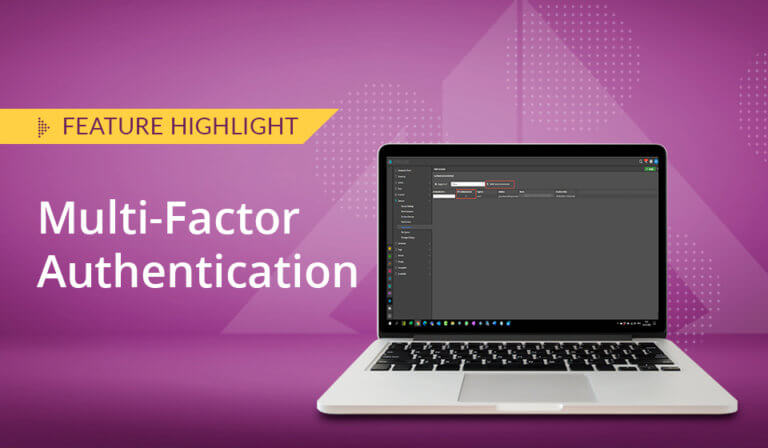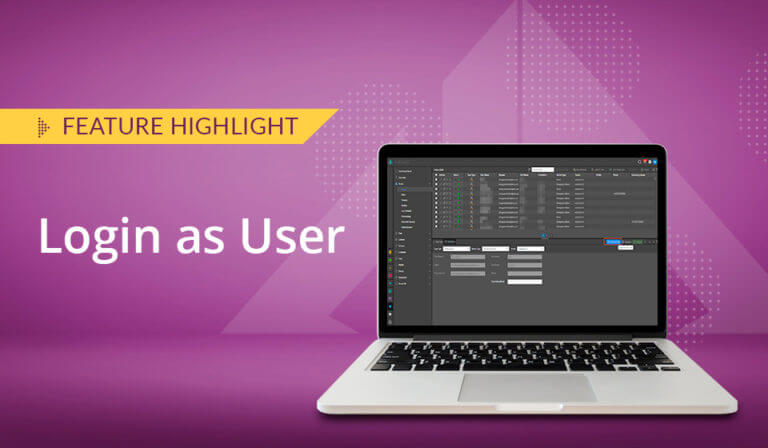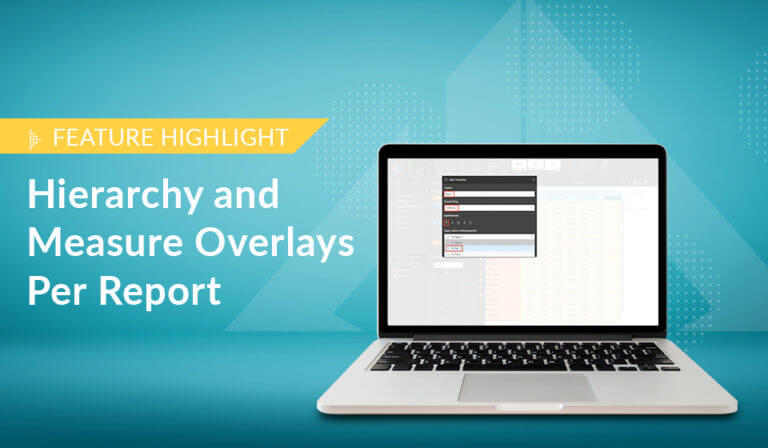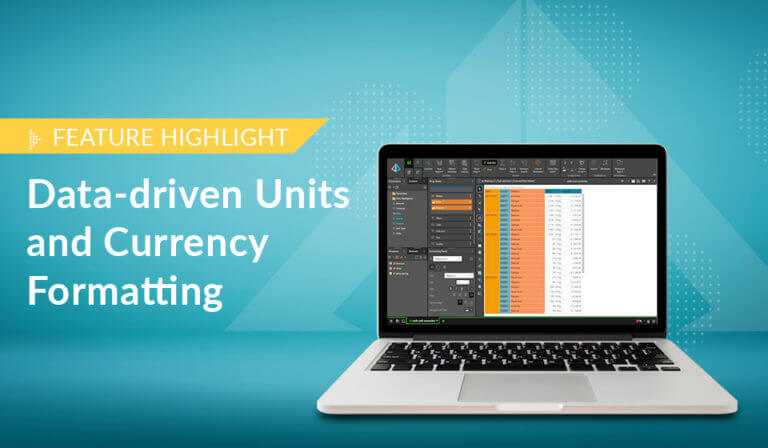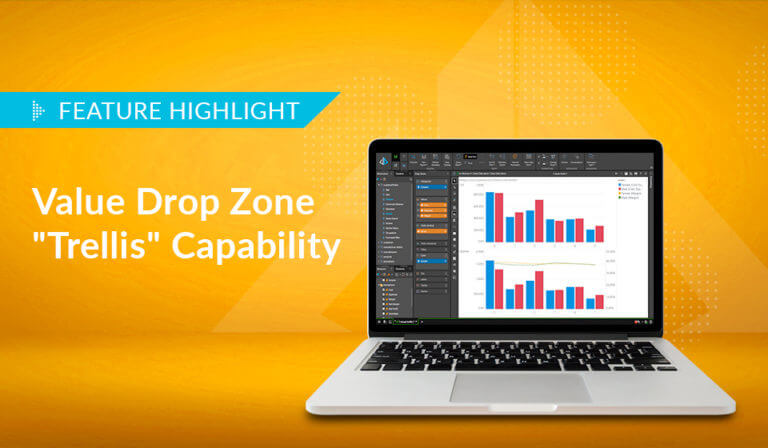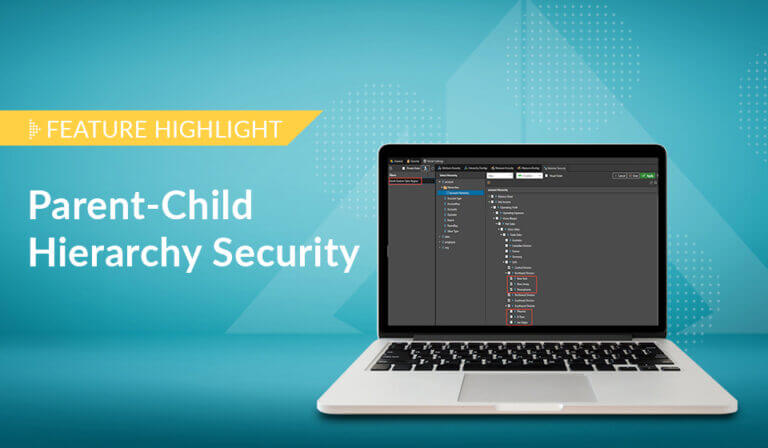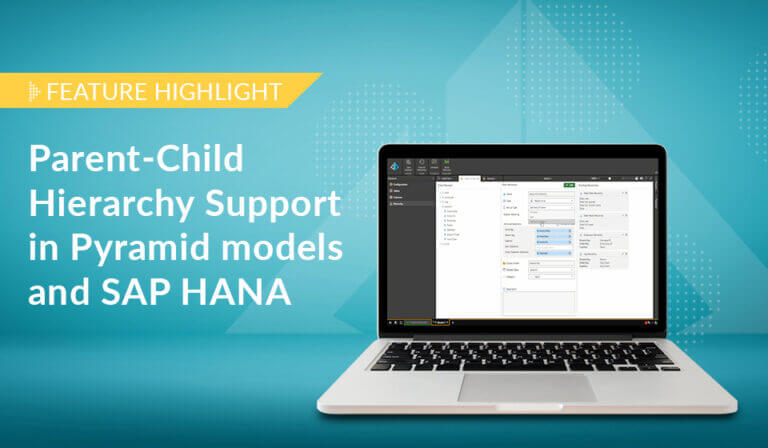BI Office is a platform that gives organizations using Microsoft’s Power BI Desktop a way to perform deeper analytics, integrates multiple data sources, and provides enterprise-grade governance and security without migrating any data to the public cloud.
This on-premises or private cloud scenario for business analytics is an important option for those facing regulatory restrictions, security concerns, and administrative issues. But when might service in the public cloud, those hosted by a third-party provider over the Internet, be the right business analytics path for your organization?
Here are 5 considerations to help you decide.
- Data Refresh.
How often do you need to refresh your data?
The public cloud provides a great solution for small data sets that do not need to be regularly updated. It’s also good for web-based data sources.For companies with large data footprints, though, the public cloud does not provide a convenient way to refresh data stores. Since most companies need regular data updates, it can be a major headache for them to upload or connect massive in-company cloud or private cloud data sources.
- Data Location.
Is it important to you where your data is located?
If not, data hosted in the public cloud requires no on-site technology infrastructure. This can be an advantage for companies that want to reduce operating costs and utilize the computing power and scalability of the public cloud. However, the public cloud forces you to give up direct control of your critical data. Organizations also lose the ability to choose where the data is physically located and the mechanism to manage it. The reality is, once it’s in the unmanaged public domain, your data is at risk.
- Security.
What data protection measures do you currently have in place?
If you lack an internal security infrastructure, you can benefit from a cloud provider’s security framework. The public cloud can also be a suitable environment for non-sensitive data where user-specific access is not required. However, if you need role-based data security and have an existing infrastructure, achieving this in the public cloud is difficult at best; and for many large organizations with many users, defined access levels, and an existing corporate security framework, it’s often a non-starter.
- Hybrid Data Access.
Do you need to communicate between on-premises applications and the outside world?
Hybrid access can be a convenient way to read data from large, on-premises data stores that don’t need to be secured, or when you don’t mind implementing public cloud security. It can be complicated (and even political), though, to allow a public cloud provider access to your on-premises or private cloud servers and sensitive data. There’s also the complexity of applying end-user security to your local data store via the separate public cloud security framework.
- Web Data Sources.
Does your business rely on external data from online sources for customer relationship management and other initiatives?
If so, connecting to web-based data sources can be easy—as long as you’re not planning to do anything complicated. But, if you need to do anything vaguely sophisticated with your web data sources, your users will need to pull the raw data down locally in order to make it more valuable—making the public cloud option peripheral at best, and useless at worst.





